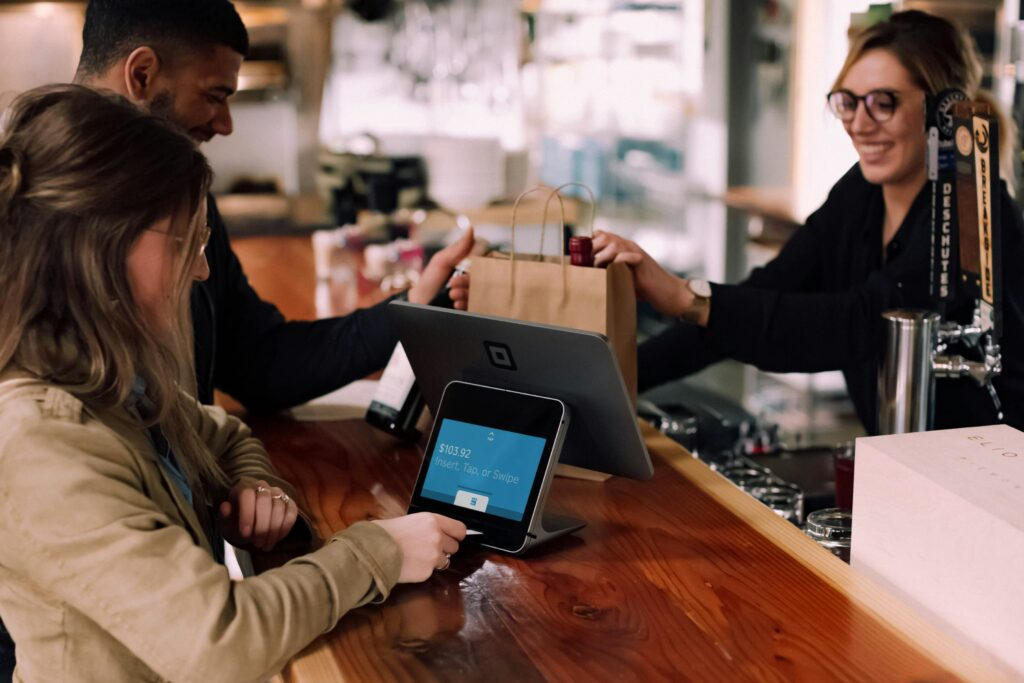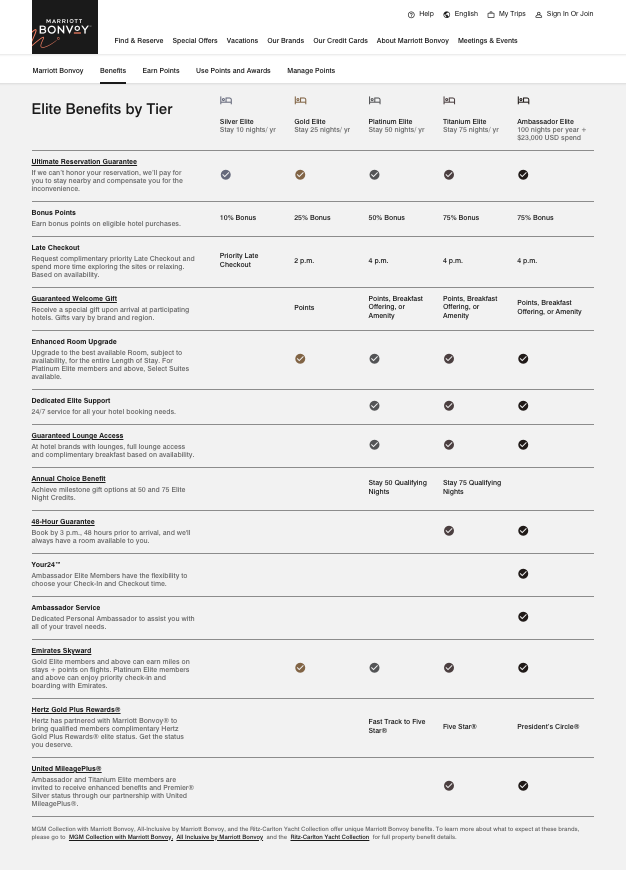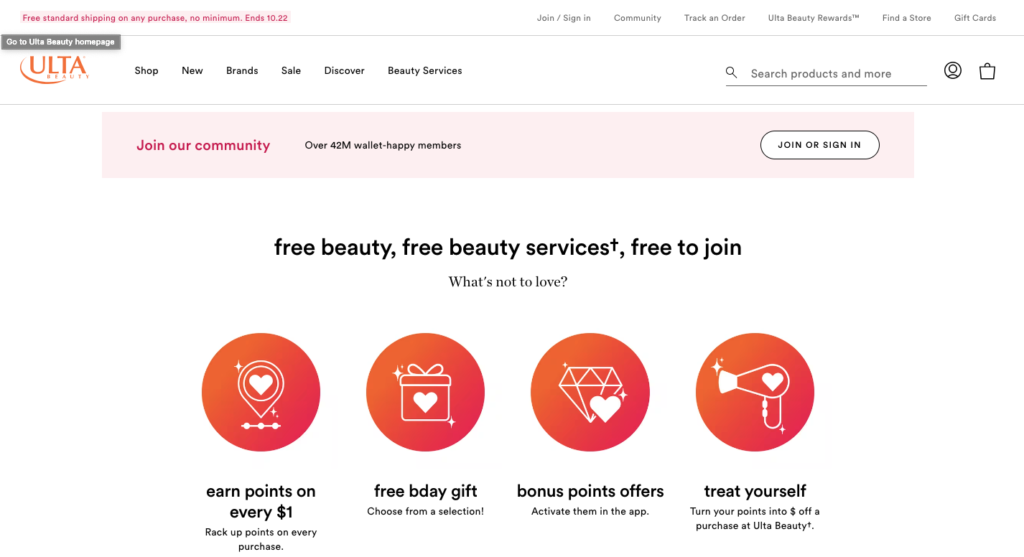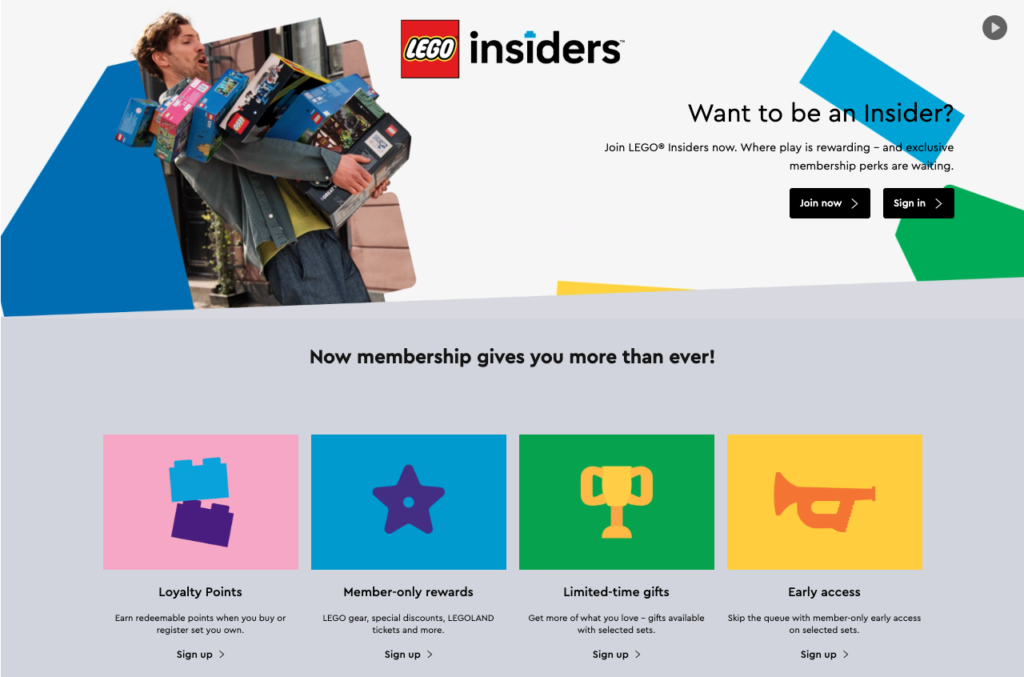
I’ve always thought you’d see instant results when launching loyalty programs.
Spoiler alert: that’s not the case! But don’t worry, there are ways to make the process quicker and easier. How?
Picture this: a regular customer walks into your restaurant, and the moment they see you, they light up. “I’m just two visits away from earning that free dessert!” they exclaim. That excitement is exactly what a loyalty program can inspire, turning casual diners into dedicated fans. In today’s competitive market, cultivating loyal customers is a big part of a brand’s long-term success. It goes beyond just watching sales figures climb. An Oracle report shows 70% of Millennials and 62% of Gen Z are more likely to choose a brand if it offers a loyalty program. You might think launching a customer loyalty program for a restaurant requires a lot of time and effort, but what if I told you it can be done in just 10 minutes?
In this quick beginner’s guide to creating a customer loyalty program, we’ll walk you through the simple steps and we’ve listed actionable tips to not only turn occasional customers into regulars, but also build trust with them.
What is a Customer Loyalty Program?
You may know them as reward programs or membership programs—A customer loyalty program is designed to reward customers who make continuous purchases from a brand, creating an incentive to choose the same brand or service again and again. The perks and exclusive rewards of loyalty programs make customers feel valued and appreciated, fostering a sense of belonging, as well as creating a special bond between customers and the brand.
Rewards programs can come in all shapes and forms, such as digital loyalty programs like mobile apps, websites, or cashback rewards, as well as physical ones like punch cards and business credit cards. For instance, Sephora’s Beauty Insider Loyalty Program lets members earn points and unlock different tiers to redeem exclusive makeup and skincare products. But we’ll talk more about the different types of loyalty programs in detail down below.
Why Should You Care About Loyalty Programs?
Ever wondered how Starbucks always manages to have a line of customers inside when there are plenty of other good coffee shops around? Loyalty is the answer. In an increasingly competitive market where educated consumers like Gen Z are more discerning and pragmatic, a well-crafted loyalty program can make you stand out from your competitors. Starbucks’ special touch is their customer naming system. By handwriting each name on a cup, customers feel recognized, instead of being seen as just another order. This ties into their larger goal of making their coffee shop a third place for people to convene and relax outside of their homes.
Here are some reasons why customer loyalty programs are so important:
- Improved customer retention rate: Loyal customers form the backbone of any successful brand. In fact, repeat customers often generate a significant portion of a brand’s revenue. Research shows roughly 60% of a brand’s total sales is generated by repeat customers. By rewarding loyalty, you encourage customers to come back again and again for your products or services.
- Increased customer spending: This goes hand-in-hand with higher customer retention rates, where loyal customers generate 300% more revenue than new customers. By offering exclusive rewards, you motivate customers to make additional purchases, turning them from occasional shoppers to loyal, repeat customers who are willing to invest more in your brand.
- More customer referrals: When customers have a positive experience with your loyalty program, they become enthusiastic brand advocates, and are more likely to share their excitement with family and friends. This organic word-of-mouth marketing helps draw new customers at no additional cost to your business. Similarly, when customers engage with your brand through social media platforms, positive user-generated content (UGC) and reviews can significantly amplify your reach to audiences across different time zones.
- Meaningful engagement with customers: With personalized communication features embedded in digital rewards programs, increasing customer engagement has never been easier. You can tailor interactions based on your customers’ preferences and behavior, which not only enhances customer satisfaction, but also creates a sense of exclusivity.
- Collect valuable customer data: Loyalty program software provides a treasure trove of insightful customer data that can enhance your business strategy. By tracking and analyzing customer behavior, you can gain insight on customer spending habits, preferences, demographic information, and more. This allows you to better understand who you’re serving and make informed decisions to improve product offerings. SimpleLoyalty makes this process easier for you with automated customer analytics. Learn more about our offerings here.
These are just a few key benefits of a digital loyalty program and the list is by no means exhaustive. If you have noticed already, these benefits align with the essential metrics that businesses should be tracking to measure the success of their customer rewards program. We’ll delve deeper into this in the final step of creating a customer loyalty program.
Creating a Rewards Program That Customers Will Love
Now that we understand the foundation of a loyalty plan and its benefits, let’s learn how to create one. We’ve condensed and simplified the process into six simple steps.
- Understand your customer base
Before setting up a customer loyalty program, it’s crucial to learn who your target audience is and what they value most. This is so you can tailor your program to effectively offer individualized marketing strategies to customers. One way to identify your customer base is by gathering personal information through surveys or analyzing a customer’s purchase history. Monitoring social media platforms is also another good option, such as exploring the comments section or seeing who clicks on your ad. Tools like Google Analytics or SurveyMonkey can help you streamline this process, helping you gather valuable customer insights across multiple channels.
- Set brand goals
The next step is defining the long-term goals of creating a loyalty program. Using the SMART framework to align your loyalty program tactics with your brand’s vision is a great way to support overall business goals. Whether you’re trying to boost sales, increase customer engagement, or to spread awareness for a specific cause, the focus should always be on delivering value from the customer’s perspective. Similarly, some customers may be skeptical to join loyalty programs because they view it as the brand’s tactic of making them spend more money. Tapping into your brand’s backstory and values on why you’re offering this service helps you reach a deeper connection with your customers and build trust with them.
- Selecting the right type of rewards program
Choosing the right type of loyalty program is key to attracting a broad customer base. Here are several types of loyalty programs that you can consider:
- Point-based loyalty programs: These are the most common type of loyalty program where customers can collect points and unlock rewards such as cashback credit, points, freebies, and more. E.g. Marriott Bonvoy: members earn points for hotel stays and purchases within the Marriott network, which can be redeemed for free nights, room upgrades, and exclusive experiences.

- Tier-based loyalty programs: Tier-based loyalty programs are membership programs that offer multiple options for customers. It allows them to choose their level of engagement and how much they want to invest in your brand’s loyalty program. For instance, Ulta Beauty Rewards Program has three tiers for their customers: Member, Platinum, and Diamond.

- Paid loyalty programs: Paid loyalty programs or subscription-based rewards programs give customers immediate and ongoing benefits upon signing up. Members pay a fee on a regular basis and get exclusive perks, such as priority service and early product release. One common example is Amazon Prime, where users get faster and free shipping on Prime purchases, as well as free streaming services.

- Value-based loyalty programs: A value-based loyalty program rewards customers with non-monetary benefits instead of financial discounts and freebies. For instance, donating a portion of sales profit to charity or welfare programs. These programs aim to establish an emotional connection with their customers and connect with their values. Take LEGO Insiders for example, not only do they have limited-time gifts and early-access rewards for loyal customers, they also encourage customers to register their LEGO sets to earn extra points.

Regardless of what customer loyalty program you choose, it’s important to enhance the user experience and make it fun for customers. One way to do that is through gamification —offering members games and challenges to keep them engaged and excited about your program.
- Integrate technology and marketing tools
Here comes the arduous part…making sure your digital rewards program is compatible with existing sales and marketing tools for easy management. For example, connecting your loyalty program with your point-of-sales (POS) systems enables you to automatically track customer’s purchase history and rewards. You can also enhance the program’s effectiveness through customization features that allow you to segment and engage different customer groups.
- Launch and promote your program
Once you’re ready to launch, it’s vital to get the word out to current and potential customers about the program’s perks. Here are some ways to market your new loyalty program:
- Offer incentives to customers who sign up, such as a discount, samples or a free product
- Promoting your loyalty program on social media is a fast way to spread the news to a wider audience. You can share sneak peeks of reward offerings, engaging content, and reviews from customers.
- Offering referral points to customers who bring in a new friend to sign up, as well as the new customer
- Making in-store signs is a good, old-fashioned way to get customers’ attention and explain how the loyalty program works
- Track success and make adjustments
With brand goals established, it’s time to monitor and measure the success of your customer loyalty program. Employing a customer relationship management (CRM) software allows you to easily track customer interactions. Customers usually prefer brands who listen to them, are not afraid of taking accountability, and are willing to switch things up for the better. Being consistent with your brand offerings helps. Regularly hosting in-person events or surprise events in your loyalty program provides insights on what’s working and what might need adjustment. You can also take advantage of this time to get feedback from customers. If there’s positive feedback, don’t be afraid to share it on multiple channels.
What About Loyalty Programs For Small Businesses?
While a small business may not have the same financial budget and influence compared to a larger corporation, it can still incentivize customers to keep going back to their stores. There are some considerations to keep in mind though. The loyalty program has to provide mutual benefits for both your brand and customers without over-stretching your budget. It also should be easy for a small team to manage without too much complication. Here are some ideas of a rewards program for a small business:
- Punch cards: Punch cards offer rewards for customers after purchasing a certain amount of products. For instance, redeeming a free bubble tea drink after filling up your punch card for 10 purchases.
- Opt-in emails: Personalize thank-you messages and reveal exclusive events for loyal customers through email is an affordable loyalty program option
- Partnership programs: Teaming up with other local businesses for joint-loyalty programs is a great way to expose your small business to potential customers. That way, both you and your partnered brand get shared benefits.
- Birthday or anniversary rewards: Reward your customers on their birthday or their anniversary with your brand, such as a free product or an exclusive discount. For example, Nando’s PERi-Perks rewards program treats members to a free birthday meal.
- Membership tiers: Encourage customers to return to your small business with VIP membership tiers. Customers can unlock better and more exclusive perks with higher spending.
- Social media events: As social media is becoming more and more integrated with our lives, it is a sure-fire way to increase your brand awareness and keep loyal customers engaged. One example is hosting social media giveaways or contests.
Building a solid customer base isn’t an overnight effort. It takes dedication, research, and a genuine commitment to build your brand. No matter how big or small your business is, the key is to focus on creating quality connections with customers rather than winning over your competitors’. Being patient and continuing to make micro adjustments on your loyalty program will not only help you better serve your customers, but also deliver long-term rewards for your brand.
With accurate analytics and progress tracking, SimpleLoyalty can help you improve your customer loyalty program efficiently and affordably.

